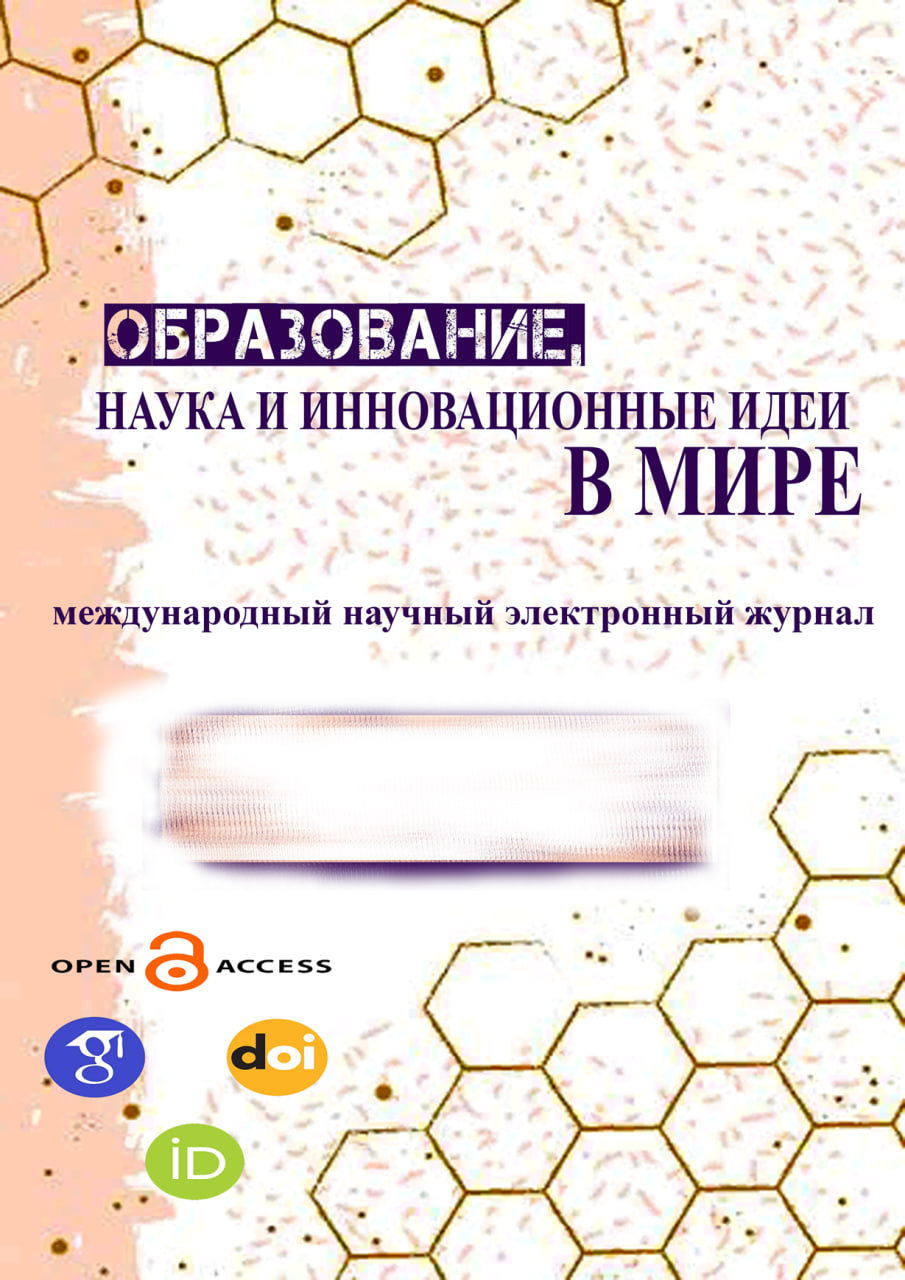EXPLORING PHRASEOLOGICAL UNITS IN ENGLISH TONGUE TWISTERS: A LINGUISTIC PERSPECTIVE
Abstract
This article delves into the role of phraseological units within English tongue twisters, examining how these linguistic constructs contribute to their unique phonetic and semantic properties. Tongue twisters are playful and challenging phrases designed to test and develop pronunciation skills. By analyzing their phraseological components, we gain insights into how fixed expressions, idiomatic language, and syntactic patterns are employed to create engaging and memorable linguistic puzzles. This exploration highlights the interplay between language structure, phonetic complexity, and cognitive processing in tongue twisters.
References
Jackendoff, R. (1997). The Architecture of the Language Faculty. Cambridge: MIT Press.
Levelt, W. J. M. (1989). Speaking: From Intention to Articulation. Cambridge: MIT Press.
Moon, R. (1998). Fixed Expressions and Idioms in English: A Corpus-Based Approach. Oxford: Clarendon Press.
Sinclair, J. (1991). Collins COBUILD English Grammar. London: HarperCollins.
Catford, J. C. (1965). A Linguistic Theory of Translation: An Essay in Applied Linguistics. Oxford: Oxford University Press.
Crystal, D. (2008). A Dictionary of Linguistics and Phonetics. Oxford: Blackwell Publishing.
Fauconnier, G., & Turner, M. (2002). The Way We Think: Conceptual Blending and the Mind's Hidden Complexities. New York: Basic Books.
Hatim, B., & Mason, I. (1990). Discourse and the Translator. London: Longman.
Jackendoff, R. (2002). Foundations of Language: Brain, Meaning, Grammar, Evolution. Oxford: Oxford University Press.
Kramsch, C. (1993). Context and Culture in Language Teaching. Oxford: Oxford University Press.
Lakoff, G., & Johnson, M. (1980). Metaphors We Live By. Chicago: University of Chicago Press.
Maley, A., & Duff, A. (2005). Drama Techniques: A Resource Book of Communication Activities for Language Teachers. Cambridge: Cambridge University Press.
Murphey, T. (1992). Music and Song in Second Language Acquisition. New York: McGraw-Hill.
Nida, E. A. (1964). Toward a Science of Translating: With Special Reference to Principles and Procedures Involved in Bible Translating. Leiden: E. J. Brill.
Stockwell, P. (2013). Sociolinguistics: A Resource Book for Students. London: Routledge.
Steiner, G. (1975). After Babel: Aspects of Language and Translation. Oxford: Oxford University Press.
Wierzbicka, A. (1997). Understanding Cultures Through Their Key Words: English, Russian, Polish, German, and Japanese. Oxford: Oxford University Press.
Zadek, J. (2010). Teaching English Through Drama: Theoretical Perspectives and Practical Applications. London: Palgrave Macmillan.




